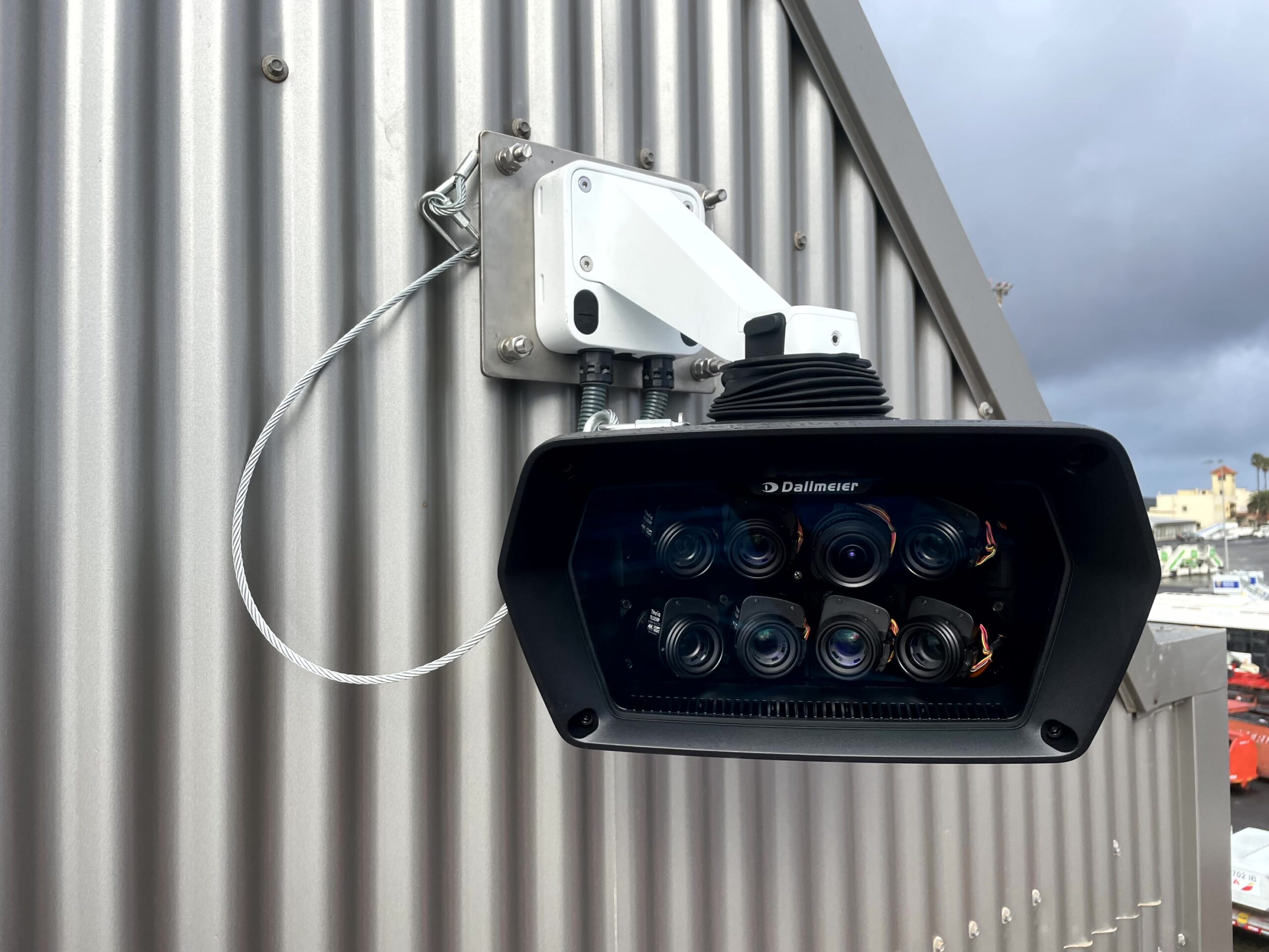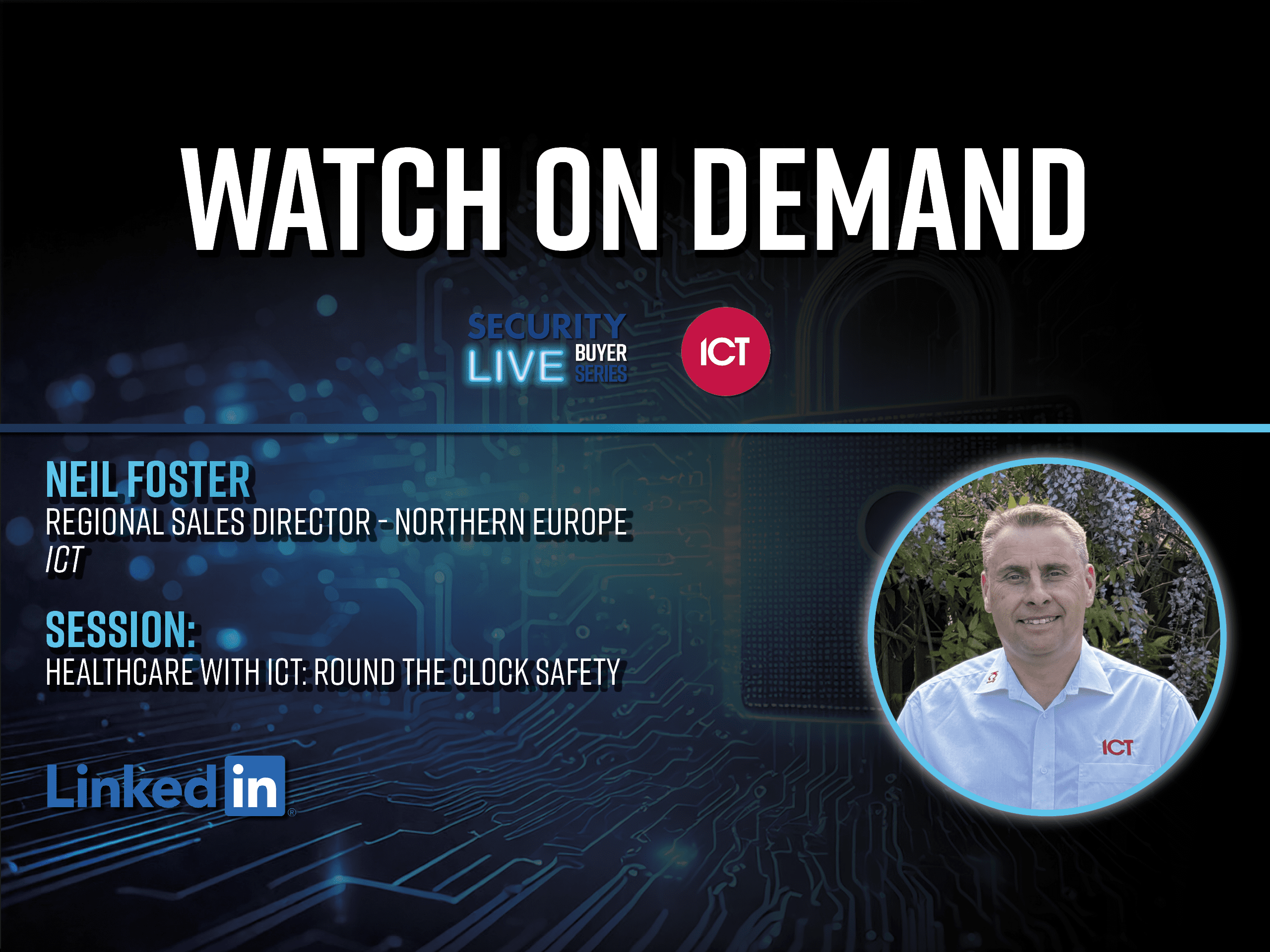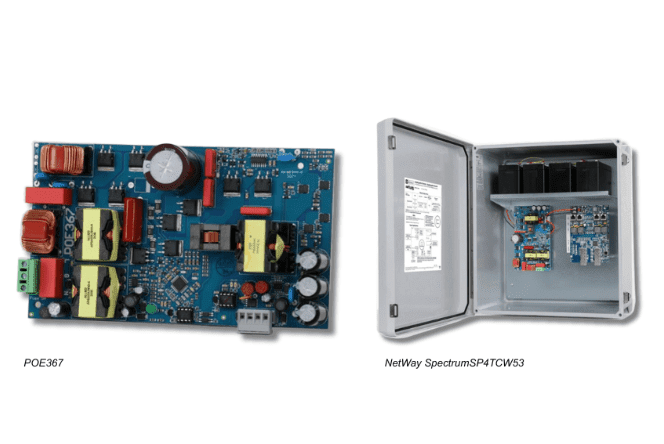
Big Interview – Hero of Leicester Square
Rebecca Spayne of Security Buyer has the privilege of speaking with a real-life hero, Abdullah Tanoli, the hero of Leicester Square, about the saving of innocent lives Can you take us back to the day of the Leicester Square incident—what happened, and how did you react in that critical moment? It was 12/08/2024, a sunny morning at Leicester Square. I was working as a Loss Prevention Officer at TWG Tea. Everything felt normal until 11:30 a.m., when I heard a scream filled with panic. I instantly knew something terrible was happening. I looked outside and saw a horrifying scene- a man in his 30s was attacking an 11-year-old girl with a large knife. Her name was Laila, a tourist from Australia with her mother. She had been stabbed 8 times. Her face was covered in blood, and the fear in her eyes hit me hard. In that moment, everything else faded away. I just did what seemed right to me. With courage, I ran towards the danger. I grabbed the attacker’s wrist and tackled him on the ground. After a struggle, he lost his grip. I kicked the knife far from his reach and held him down, twisted his arm and held it tightly, keeping my knee on his head. I shouted to call the police and an ambulance and urged my shop manager to call nearby security and upon his arrival I asked him to bring a first aid kit for the injured child. I held the attacker until the police arrived and never let my guard down. My eyes kept scanning towards the crowd for any other threat. In a situation like that, we never know if there is more than one attacker. Finally, police arrived, followed by medics, firearm police and a helicopter unit. They arrested the attacker and thanked me for my bravery. Beyond anything I am thankful that I was there to help. And I’d do it again in a heartbeat to protect an innocent life. What was going through your mind when you intervened in such a dangerous situation? In that moment, my mind held only one thought: save the child and her mother. I didn’t think about who would take care of me if I got stabbed or if I didn’t survive. I was thinking as a human being who saw another human being in desperate need of help. I focused on how to stop the attacker. Where to hit to disarm him safely. It was my moral instinct. So, I couldn’t just stand and do nothing. You have been widely praised for your courage. How has the public and industry response made you feel since the event? Honestly, I never imagined that it would lead to such an amazing response. People started calling me “The Hero of Leicester Square”. The very next morning, I saw my photo on the front page of newspapers. I received gifts of gratitude and respect from people I had never met. It was incredibly heart touching. The story went global. I’ve also been honoured with multiple awards. One of my proudest moments was receiving a letter of appreciation from the Mayor of London. What lessons do you think your actions offer to others working in the security industry? I believe my actions highlight something that goes beyond any job description or training manual. The power of human instinct, courage, and responsibility. We must be prepared and when a crisis unfolds, we have to make decisions in seconds that can save lives. To everyone in the security industry, I’d say: Your uniform isn’t just fabric – it represents protection, vigilance, and trust. Wear it with pride, because what you do matters more than you realise. Always remember, one moment of courage can echo far beyond that moment itself. What initially drew you to a career in private security, and how has that journey evolved for you? I’ve always had a strong passion to join the military. I used to admire their discipline, courage, and commitment to protect their country and people. When I moved to the UK, I joined the security industry, a field that, at its core, shares the same principles. What began as a job became a calling. That day in Leicester Square was a turning point, it showed me the real weight of our responsibility, and the powerful role we play in keeping people safe. This industry has not only given me purpose, but also pride. What are some of the challenges that frontline security officers face on a daily basis that the public may not be aware of? Frontline security officers face silent battles every day. While we may appear calm and composed, we’re constantly assessing threats, managing unpredictable behaviour, and staying alert for emergency situations. We’re expected to be strong, vigilant, and in control, even when dealing with aggression, abuse, or violence. The pressure to act quickly without hesitation is a challenge in itself… Become a Member and read the full interview here.
















